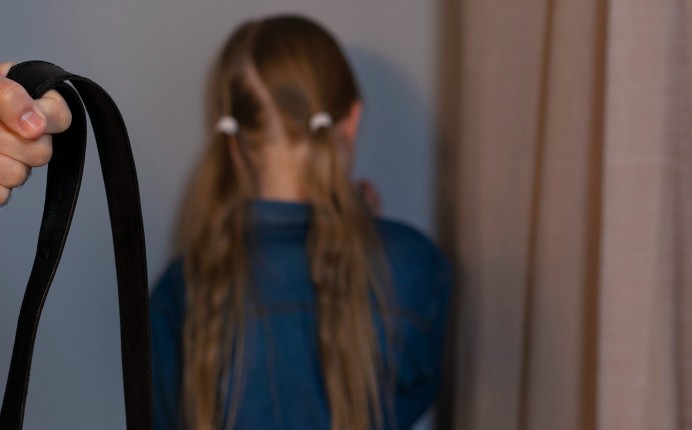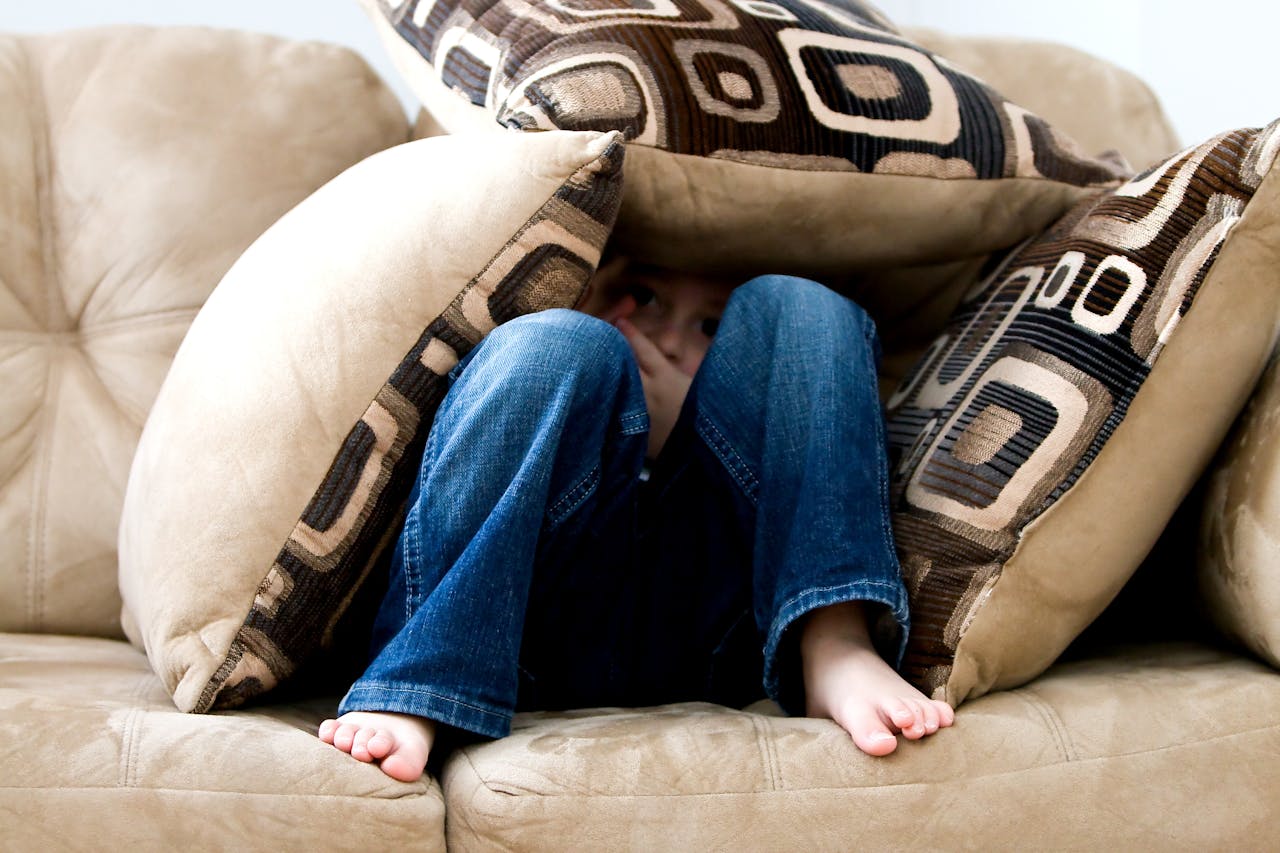Corporal punishment and collective punishment are both forms of institutional discipline, but they differ in method, visibility, and how they distribute harm. While corporal punishment is now banned in Canadian schools, collective punishment remains common—despite its ethical and legal concerns.
Corporal punishment: direct and physical
Corporal punishment involves the use of physical force intended to cause pain as a form of discipline—for example, striking a student with a strap or ruler. It is highly visible, explicitly violent, and directed at an individual. In Canada, corporal punishment is now prohibited in schools.
- Targets a single student
- Involves physical pain
- Leaves visible marks or trauma
- Was often justified as swift deterrence
- Widely recognised today as a violation of children’s rights
Collective punishment: indirect and emotional
Collective punishment is the practice of punishing a whole group for the actions of one or a few individuals. In classrooms, it often looks like cancelling a field trip, taking away recess, or delaying a lesson until “everyone is ready.”
- Punishes an entire group
- Inflicts emotional and social harm
- Targets behaviour through peer pressure
- Often disguised as “logical consequences”
- Disproportionately harms disabled or vulnerable students
What do they have in common?
While the methods differ, both forms of punishment share a similar logic: they aim to restore order through coercion rather than understanding. Both rely on:
- Public demonstration of authority
- Disproportionate impact on marginalised students
- Silence and compliance as primary goals
- Emotional distress as a mechanism of control
Why does this distinction matter?
Many schools proudly claim they no longer use corporal punishment—yet continue to rely on group discipline that shames and isolates children. Naming collective punishment as harmful helps us:
- Recognise emotional harm as real harm
- Understand the systemic nature of exclusion
- Push for policies rooted in care, not compliance
- Centre the dignity of every student
What should schools do instead?
- End all forms of group punishment
- Use relational discipline that addresses individual needs
- Support teachers with staffing and time to respond restoratively
- Teach accountability without relying on shame
Ending corporal punishment was a step forward. Ending collective punishment is the next one.
-
What replaced the strap in Canadian schools?
They took the strap away—or at least, they removed the physical instrument, the leather loop of institutional discipline that had once been the sanctioned mechanism of control in classrooms across the country. Even if we never felt it on our own skin, we…








